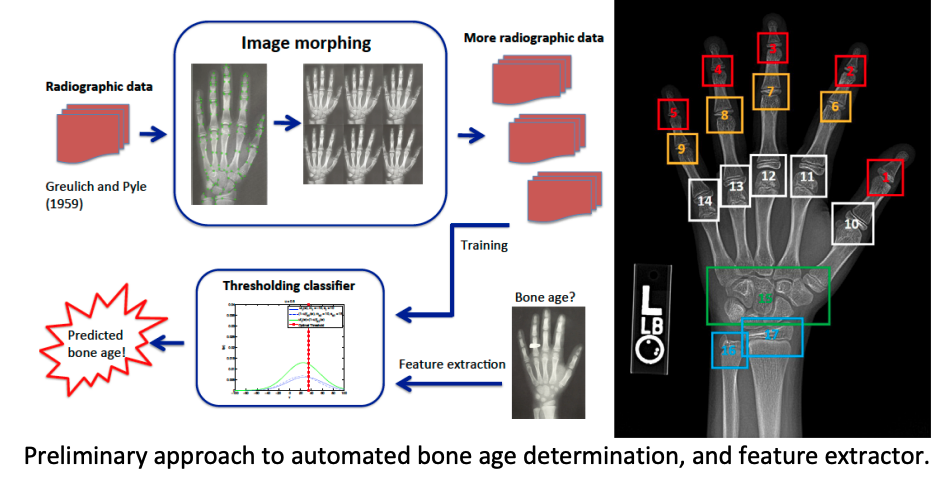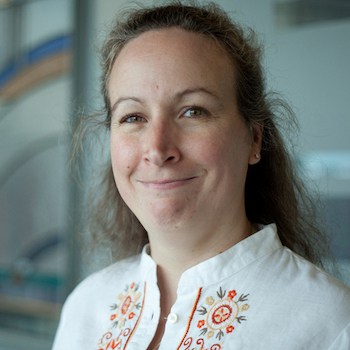
Anouck Girard part of a team that receives a U-M Precision Health Investigators Award
Multidisciplinary research team receives funding for a project to innovate bone age determination diagnostic tools and processes

Multidisciplinary research team receives funding for a project to innovate bone age determination diagnostic tools and processes

Aerospace Engineering professor Anouck Girard was selected for a University of Michigan Precision Health Investigators Award as a part of her research proposal with Josephine Kasa-Vubu and Michael DiPietro, both from Michigan Medicine.
Seven projects were funded in the 2021 grant cycle, providing funding for multidisciplinary research projects that advance the field of precision health through the use and/or enrichment of U-M Precision Health data and tools/methods/techniques.
Precision Health funded 10 two-year Investigators Awards in 2018, and seven awards in 2019.
Investigators Awards recipients are funded with $300,000 over two years to pursue their research.
Girard, Kasa-Vubu and DiPietro’s proposal is to use Artificial Intelligence to Broaden and Diversify Outdated Standards for the Determination of Skeletal Maturation in Growing Children.
Through a multidisciplinary approach, the team proposes a collaboration between professors of Engineering and Pediatrics and Radiology, to reinvent bone age determination for the 21st century, and set a new gold standard that will be useful across all populations of children.
Specifically, the team plans to leverage the UM Precision Health data sets to assemble a new, representative atlas for bone age determination, and provide an automated classification system through a web-based interface. The result will develop new diagnostic capability by leveraging data available through U-M Precision Health, information theory, artificial intelligence, clinical expertise, and a web-based interface for broad dissemination.
Citing the need to modernize the approach to bone age determination, the team writes, “Our work will serve as an example of the successful broadening of outdated standards for better clinical accuracy and to better represent our diverse population. As such, the broader impacts go far beyond pediatrics and bone age assessment. The clinical ramifications are profound as they shape recommendations and indications for treatments that may amount to several tens of thousands of dollars a year.”
More on the program and other funding recipients can be found here.